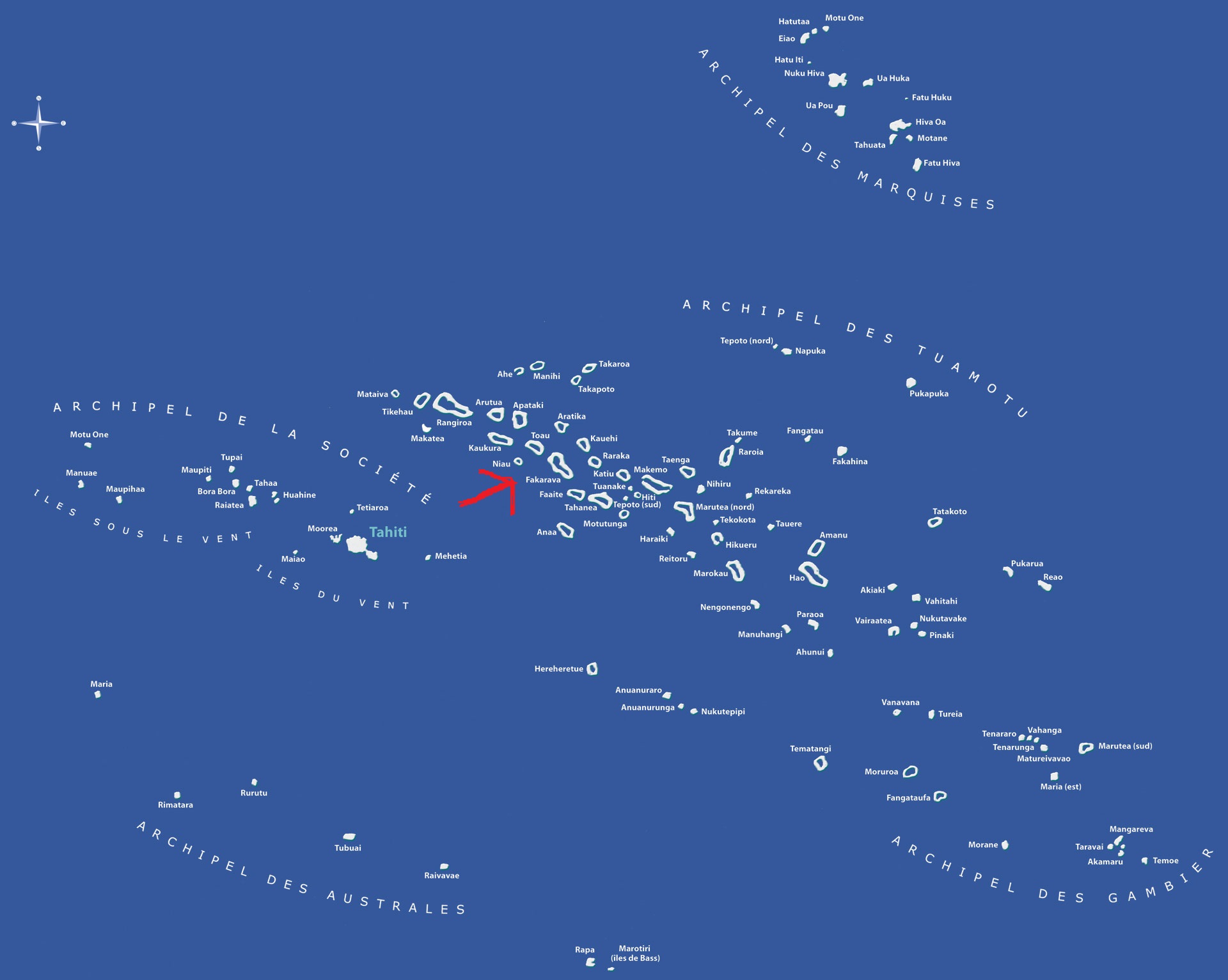
In the late-1980s, two French intelligence ( DGSE) operatives were briefly confined to the military base on the island after France obtained their release from a New Zealand prison for sinking the Greenpeace ship Rainbow Warrior. Hao was the first atoll of the Tuamotus that Russian explorer Fabian Gottlieb von Bellingshausen visited in 1820 on the ships Vostok and Mirni. In some maps it also appears as Bow Island. He was followed by José Andía y Varela in 1774.īecause of its shape, French explorer Louis Antoine de Bougainville named it "Île de la Harpe" ( Harp Island). The first recorded European arriving on Hao was Pedro Fernández de Quirós on 10 February 1606. Peter's Church ( Église de Saint-Pierre), located in Otepa, the largest town on the island and attached to the Metropolitan Archdiocese of Papeete with headquarters on the island of Tahiti. The Catholic Church began its activity in the region in the 19th century and has a religious building in the area called St. Most of the population of the Atoll is a follower of Christianity as a result of the missionary activity of both Catholic and Protestant groups and French colonization. However, in the last census conducted in 2017, a slight drop in the number of settlers is noted, reaching 1027 people. The main village is Otepa, and the population was 1066 inhabitants in the 2012 census, with a strong demographic increase since the establishment of the Pacific Experimentation Center (CEP) base for nuclear testing. The chief town is the village of Otepa, where the main economic activity is the cultivation of pearls.

The climate is maritime, with temperatures oscillating between 23 and 32 ☌ throughout the year. The lagoon is the fourth largest atoll in French Polynesia (after Rangiroa, Fakarava, and Makemo) and has only one navigable passage, at Kaki, on the north end of the atoll where strong currents prevail up to 20 knots with bores. 6.2 Tertiary sector and public services.6.1 Fishing, pearl farming and aquaculture.


 0 kommentar(er)
0 kommentar(er)
